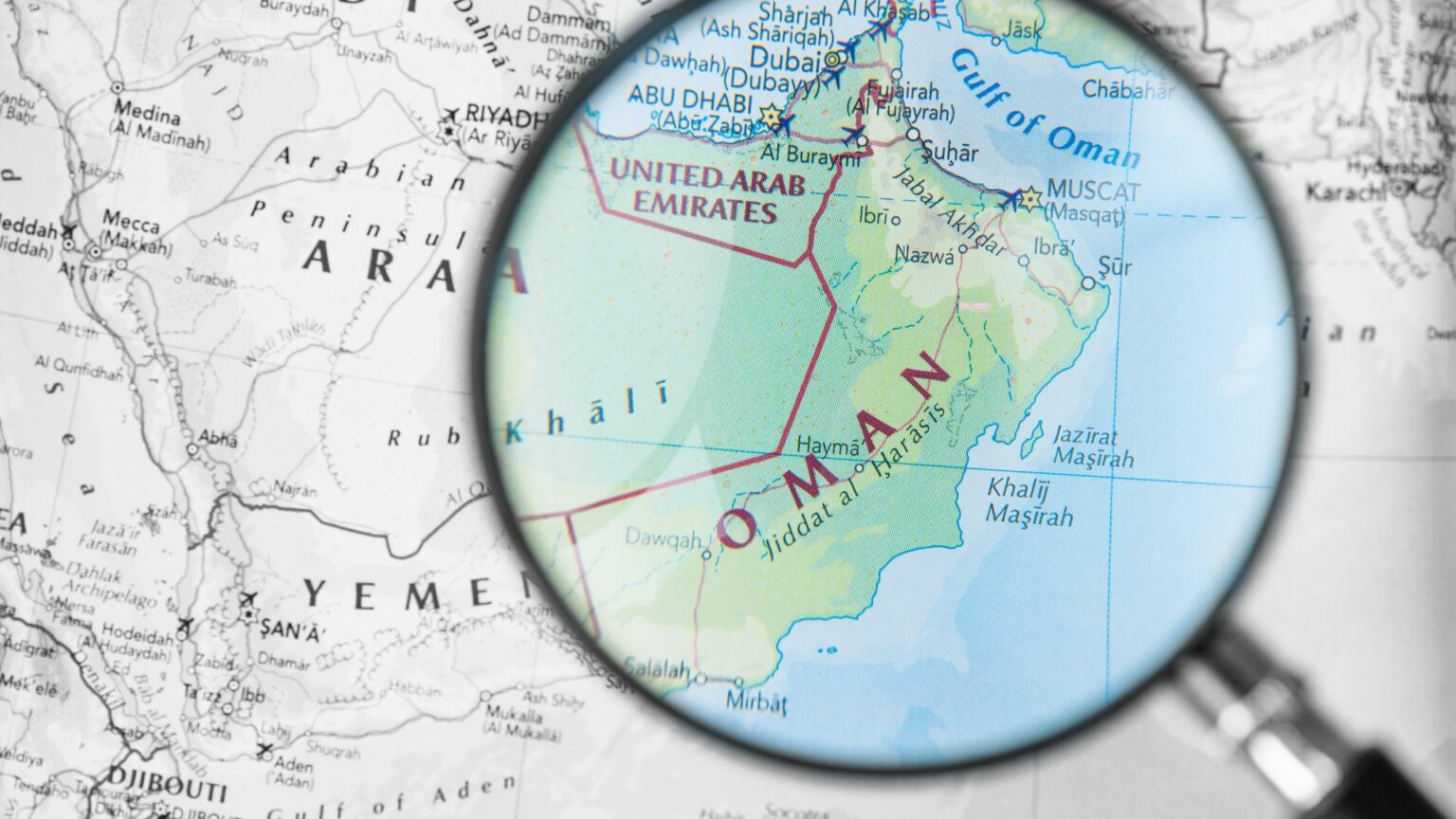Oman is positioning itself as a key player in the green hydrogen sector with a substantial $5 billion investment in shared infrastructure. Hydrom, the government-owned entity driving this initiative, has announced that the preliminary front-end engineering and design (pre-FEED) for this ambitious project is on track for completion by May 2025, signaling a critical step towards realizing its 2030 green hydrogen goals.
According to Ahmed Al Abri, Regulatory and Infrastructure Manager at Hydrom, speaking at the World Hydrogen Leaders event, the pre-FEED stage for the Duqm region is nearing completion at 90 percent, while work has commenced for Dhofar. This progress indicates a concerted effort to establish the foundational framework for a comprehensive green hydrogen ecosystem across key industrial zones in Oman.
The planned $5 billion infrastructure encompasses a broad range of essential components, including electricity transmission networks to power electrolyzers, desalination plants to provide the necessary water feedstock, dedicated hydrogen pipelines for transport, and integrated water and wastewater management systems. These facilities are slated to be developed and managed by Oman’s existing utility entities under the supervision of Hydrom, leveraging their established expertise in large-scale infrastructure projects.
The pre-FEED study is comprehensive in scope, covering not only the technical specifications and engineering aspects but also the crucial legal and financial frameworks required for the project’s success. Hydrom is actively working on the financial structures, aiming to attract both domestic and international investment. The signing of the first term sheet with a developer in January 2025 and the anticipated definitive agreements by the end of July 2025 demonstrate tangible progress in securing partnerships for the project.
A significant aspect of enabling this shared infrastructure is the establishment of a clear regulatory environment. Hydrom has secured approval from a steering committee for the regulations and tariffs governing the common-use infrastructure. Notably, the tariff structure for hydrogen transport pipelines will be based on the volume of hydrogen transported, rather than the pipeline size, a model that could potentially incentivize higher utilization and reduce the barrier to entry for smaller producers. Furthermore, Oman has implemented a single permit system, a strategic move designed to streamline the often complex and time-consuming approvals process for developers, thereby reducing both costs and project timelines.
However, the realization of Oman’s 2030 green hydrogen ambitions also presents significant logistical challenges. Hydrom projects that between 320 and 640 ships will be needed to import the vast quantities of equipment required, including wind turbine blades, solar panels for renewable energy generation, and electrolyzers for hydrogen production. This massive influx of materials necessitates significant upgrades and expansion of Oman’s port infrastructure. Moreover, a robust plan for internal inland transportation must be in place by 2026 to ensure the efficient movement of this equipment to project sites. The ASYAD Group, Oman’s integrated logistics services provider, has been tasked with managing this complex end-to-end logistics chain, highlighting the strategic importance placed on this critical element for project success.
Stay updated on the latest in energy! Follow us on LinkedIn, Facebook, and X for real-time news and insights. Don’t miss out on exclusive interviews and webinars—subscribe to our YouTube channel today! Join our community and be part of the conversation shaping the future of energy.
